San Diego Bicycle Safety Overview: Infrastructure and Crash Stats
San Diego has perfect cycling weather that allows bicyclists to ride for recreation or transportation almost every day of the year. San Diego also has an extensive public transportation network to accommodate bicycles.
Whether your destination is in the hills, the beach, or downtown, here is some information about San Diego bicycle safety, infrastructure, and crash stats — all designed to help you plan your next ride.
San Diego Bicycle Infrastructure
San Diego covers a sprawling 372 square miles. San Diego provides infrastructure to help bicyclists reach every inch of this region, ranging from bike carriers on MTS buses to bike lanes and paths from the hills to the beach.
Public Transportation
MTS provides three services to assist bicyclists in their travels around San Diego. MTS buses have bike racks that can accommodate two bikes. You can use this bike rack with any regularly priced bus fare.
The San Diego Trolley system also allows bicycles. Rules permit one bicycle inside each trolley car during peak travel times. MTS allows up to two bicycles inside each car during non-peak travel times. MTS does not charge extra fees to transport your bike.
Many trolley stations and transit centers provide bike lockers. You can store your bike inside the locker with no time limit. Best of all, iCommute provides bike lockers for free. You must pay a $25 key deposit, but the locker will return your deposit when you retrieve your bike.
Bikeways
San Diego has over 1,700 miles of bikeways across the entire metropolitan area. These bikeways run throughout the region, connecting businesses and residences.
Bikeways in San Diego include:
Multi-Use Paths
These paths accommodate bicyclists, pedestrians, skaters, and other non-motorized users. They separate these individuals from cars and trucks, except at vehicle crossings.
Bike Lanes
One-way bike lanes allocate a portion of a motor vehicle roadway to bicycles. But bike lanes include special markings to keep motor vehicles out of the lanes. Bike lanes can run along streets or highways.
Bike Routes
Bike routes require bicycles and motor vehicles to use the same travel lanes. As a result, bicycles and motor vehicles will intermingle on bike routes. Signs and pavement markings may remind drivers to share the lanes with bicycles.
Separated Bikeways
A separated bikeway combines the features of a bike lane and a multi-use path. The bike lane runs along a motor vehicle roadway but includes barriers to separate the bike lane from the motor vehicle travel lanes.
These bikeways provide safer travel than bike lanes and bike routes and offer the convenience of following existing streets and highways.
Bike Boulevards
Like bike routes, bike boulevards require bicycles to share travel lanes with motor vehicles. But bike boulevards include “traffic calming” features, like low speed limits and barriers to slow down motor vehicles.
Future Infrastructure
Concerns over climate change, air quality, and the cost of owning a vehicle increase the number of bicyclists in San Diego every year. San Diego has a long-term bicycle master plan to continue to build infrastructure to protect these bicyclists.
The plan includes several infrastructure improvements, including:
- Bike-sharing programs
- Continued construction of bikeways
- Bike parking facilities
- Improved bicycle signage
- Integration of public transit and bikeways
This plan was first proposed in 2002 and updated in 2013. It provides an evolving list of infrastructure priorities for the city and county to improve bicycle access and safety.
San Diego Bicycle Safety
California has many bicycle safety laws, which include legislation related to:
Bike Helmets
Cyclists under the age of 18 must wear a helmet. The helmet must comply with standards set by ASTM or the U.S. Consumer Product Safety Commission. A violation of California’s bike helmet law can result in a citation and a fine of $25.
Traffic Rules
Bicyclists must follow all of the traffic rules that apply to drivers. This includes signaling before turns and lane changes. Additionally, bicyclists cannot ride under the influence of alcohol or drugs.
Bicycles must stay as far to the right as possible when a roadway does not have a bikeway. When a roadway includes a bike lane, bicyclists must ride in the bike lane except to avoid debris, pass a slower biker, or make a turn.
California does not prohibit bicycles from riding on the sidewalk. However, local cities and towns can pass ordinances restricting bike usage on sidewalks.
Bicycle Equipment
Bikes must have a functioning brake. They cannot have handlebars above the level of the rider’s shoulders. Bikes ridden at night must have reflectors, and cyclists must wear a headlamp.
San Diego Bicycle Crash Statistics
In the city of San Diego, car crashes kill about five bicyclists and 20 pedestrians every year. However, San Diego sees about 500 collisions every year between cars and bicycles.
All but about 25 of these bicycle collisions will result in an injury. In a typical year, about 25 collisions in San Diego will cause a serious injury, 300 will cause a visible injury, and 150 will cause minor injuries and pain.
Most of San Diego’s bike accidents happen in Pacific Beach. Downtown San Diego and North Park also see a high number of bike accidents.
The most dangerous roads in San Diego for bicyclists include Garnet Avenue and Grand Avenue in Pacific Beach. Broadway, 4th Avenue, 5th Avenue, and 6th Avenue in Downtown also have a high number of bike accidents.
San Diego County
The city of San Diego has the highest number of bicycle collisions in San Diego County each year. But Chula Vista and Escondido follow closely behind. Chula Vista and Escondido each average about 55 bicycle accidents every year.
Although Escondido has fewer bicycle crashes than San Diego, it has some of the most dangerous intersections for bicyclists in the county:
- Rose Street and Valley Parkway
- Washington Avenue and Broadway
- Valley Parkway and Midway Drive
About 10% of bicycle crashes in Escondido happen at these three intersections.
Bicycling in San Diego
San Diego is a beautiful location for bicyclists. The city and county have worked hard to make San Diego safer and more accessible to cyclists.
You can bike safely in San Diego by following common-sense safety rules. Wear a helmet. Stay to the right or plan your trip using as many bikeways as possible and make sure your bike is visible if you plan to ride at night.
For more information, see our benchmarking report or contact us.

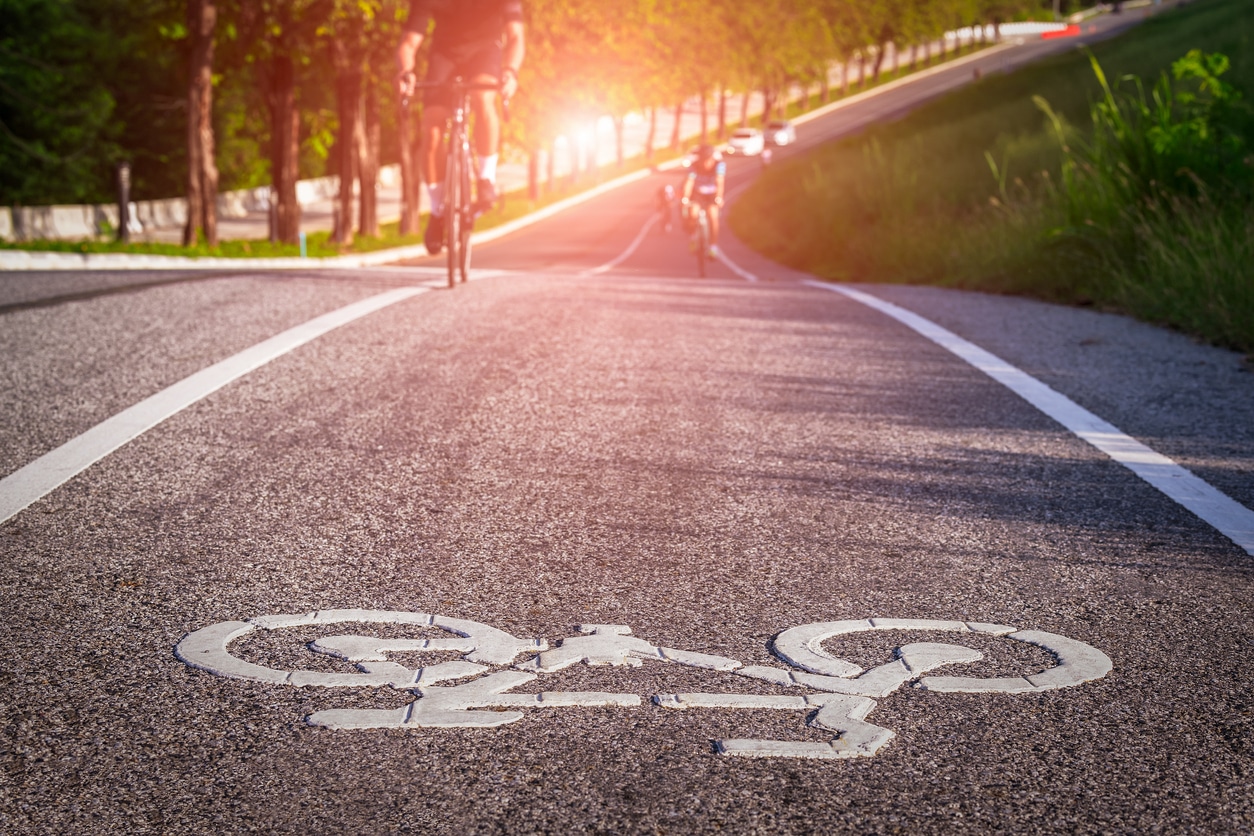
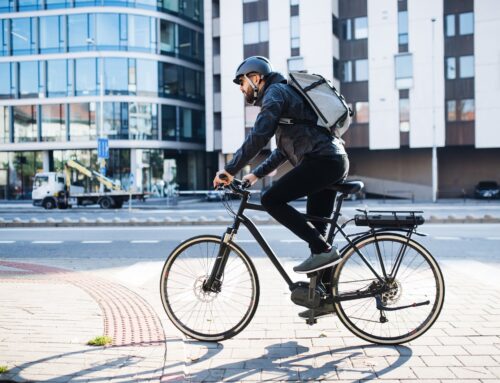
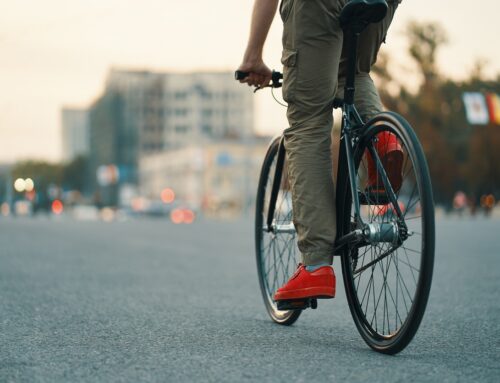
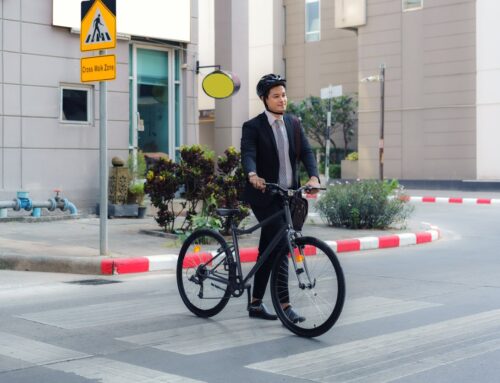
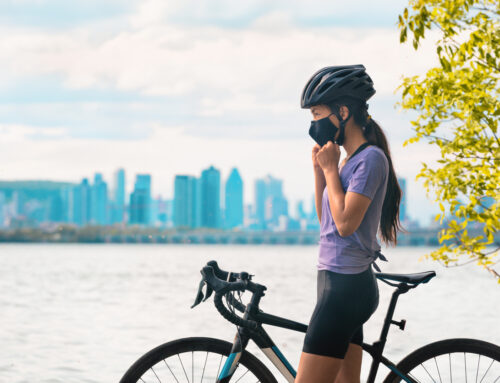
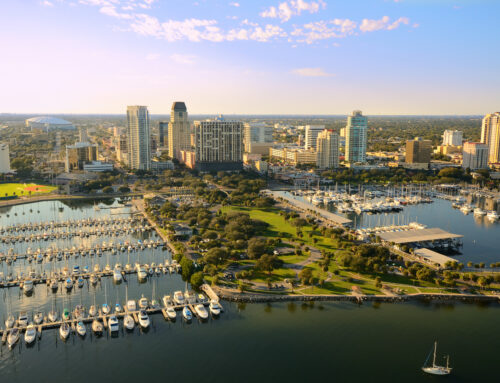
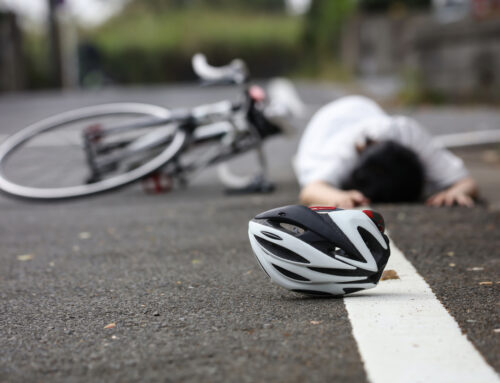
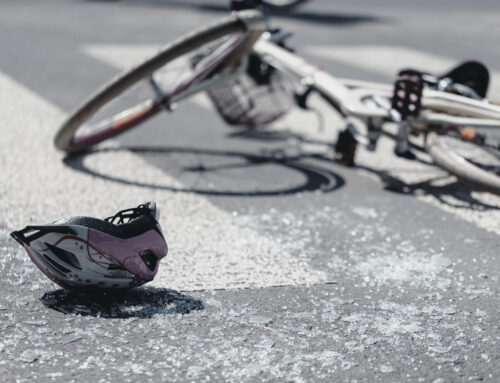
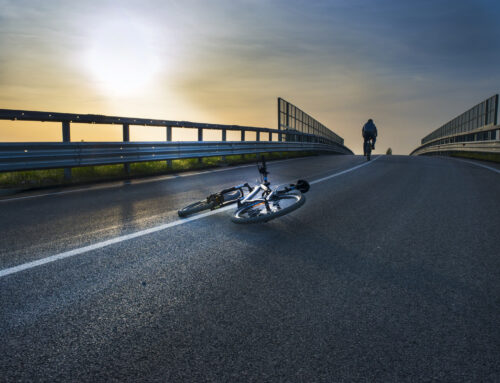
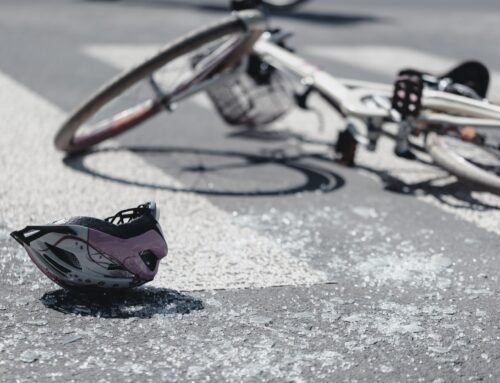
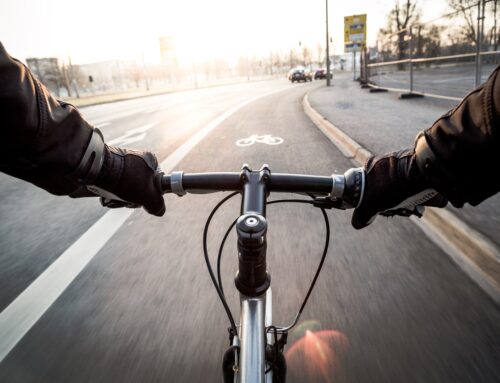
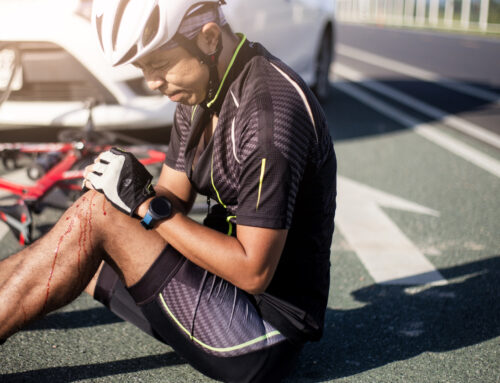
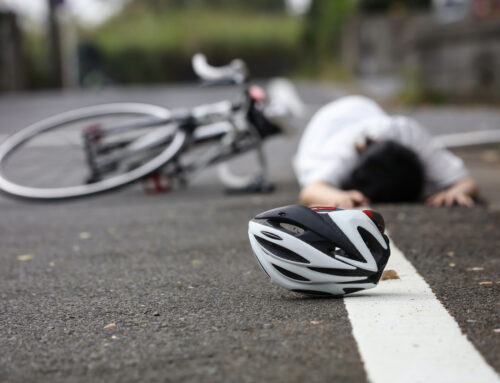
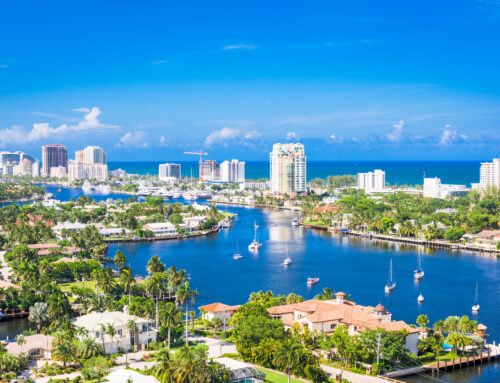
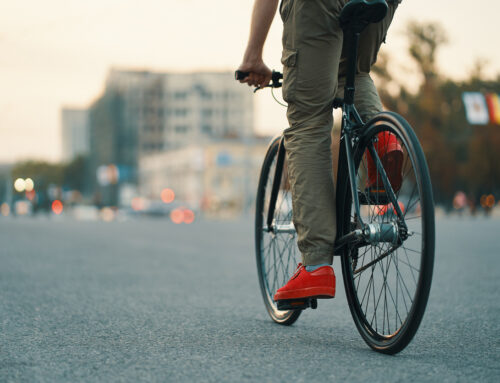
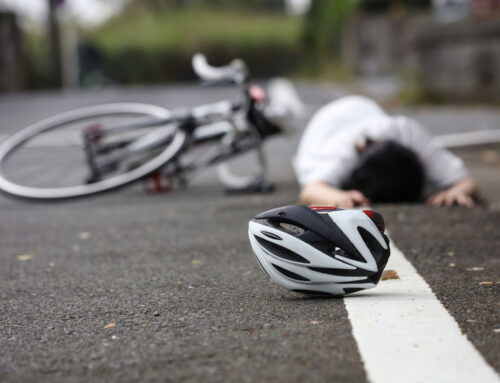
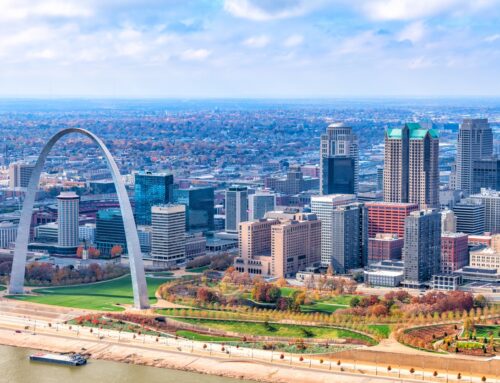
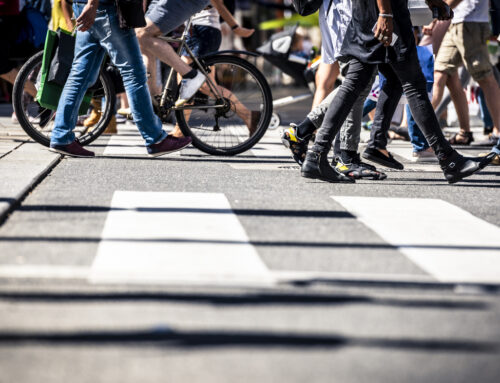
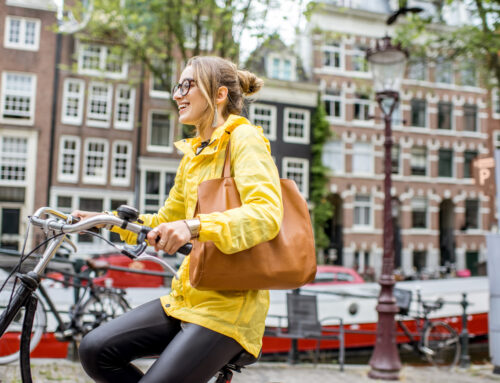
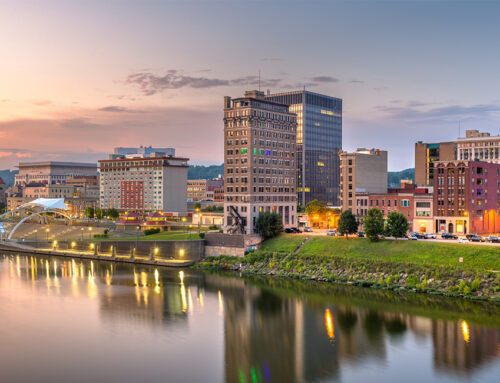
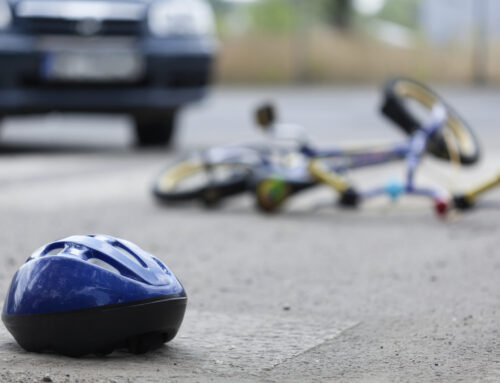
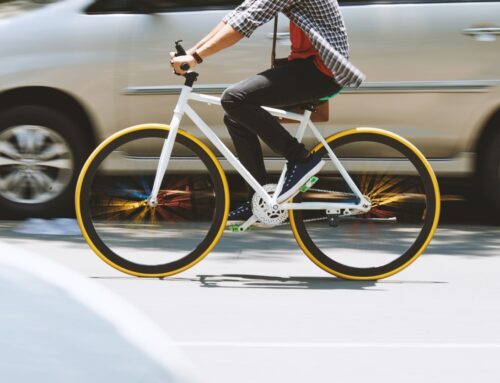
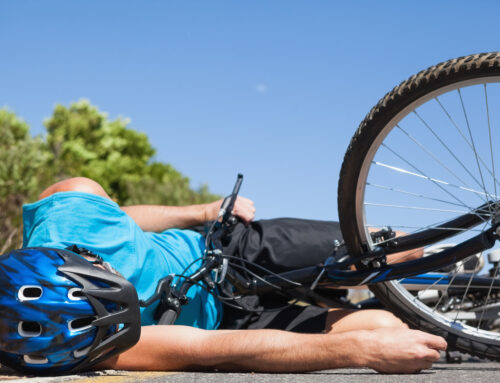
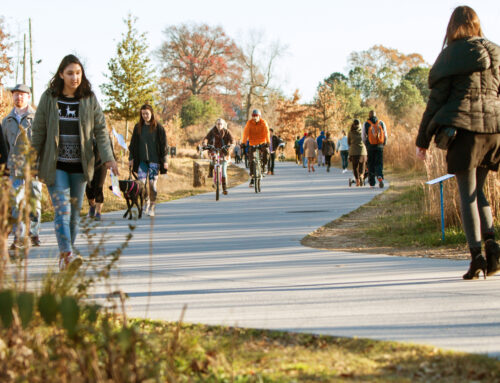

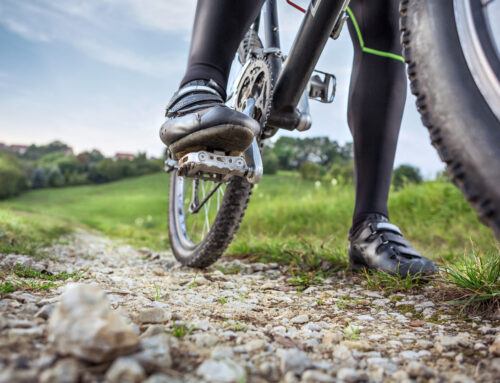
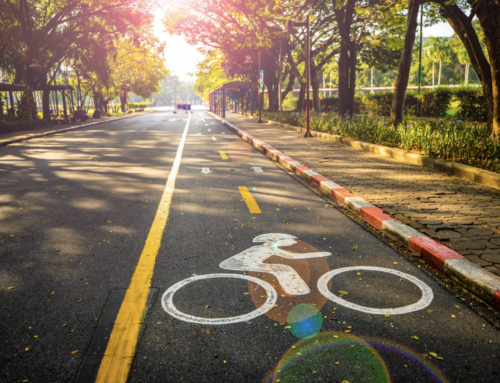
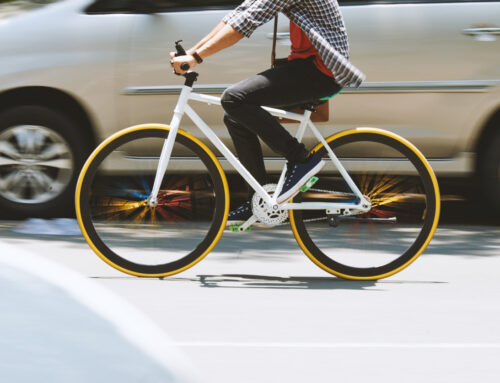
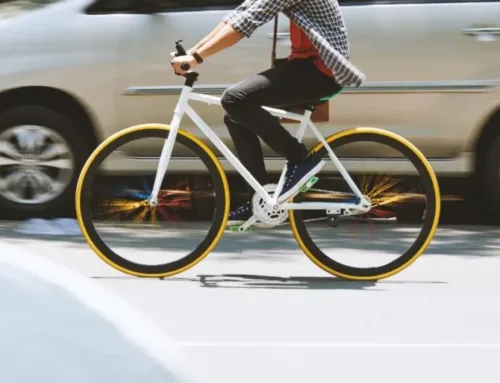
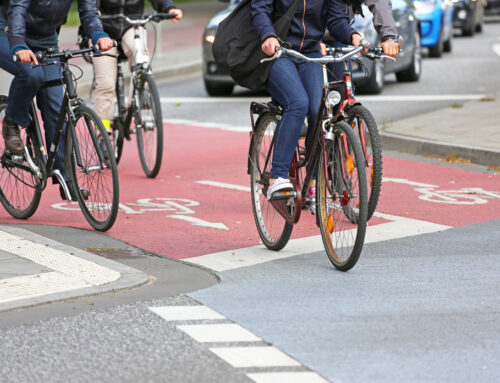
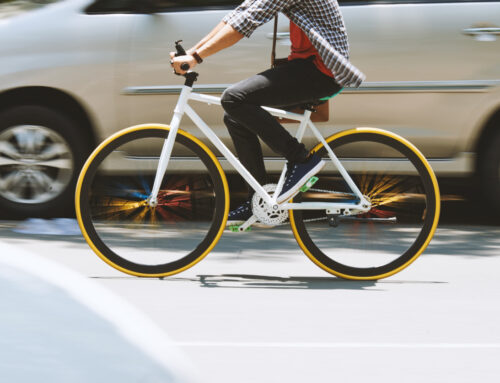
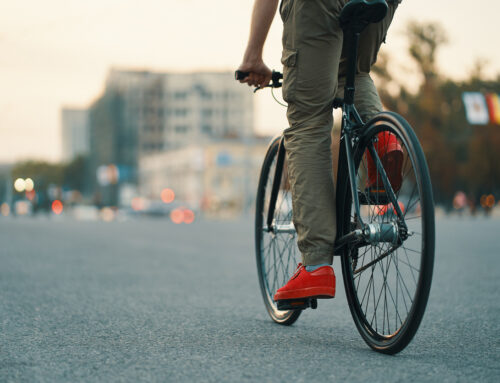
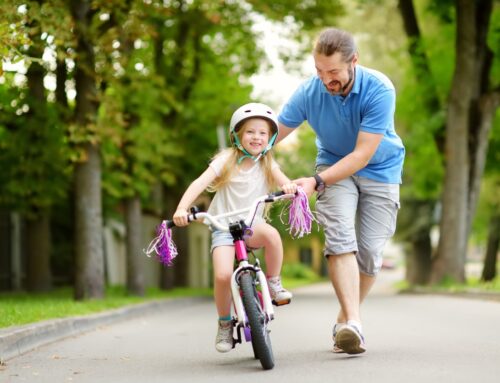
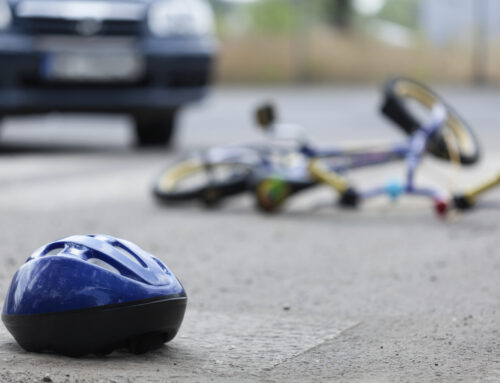
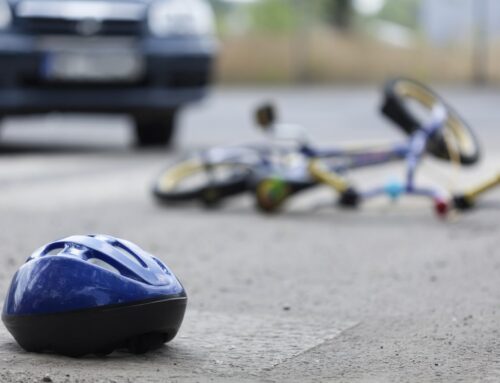
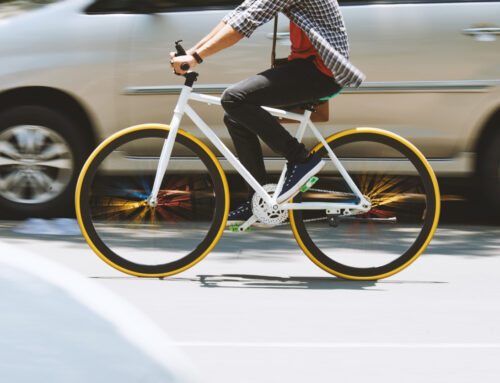

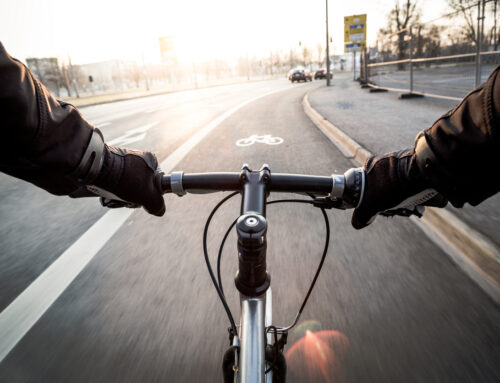
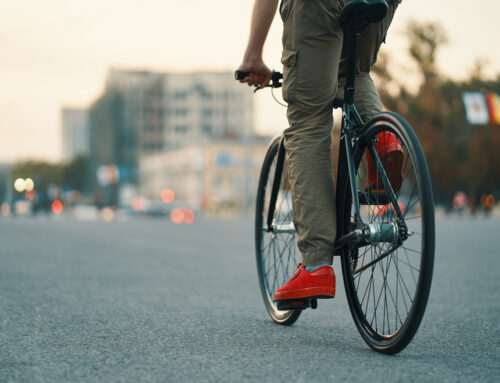
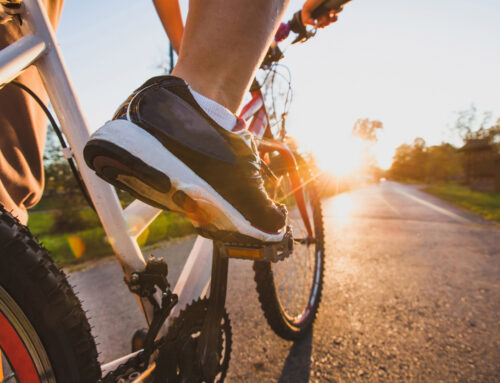
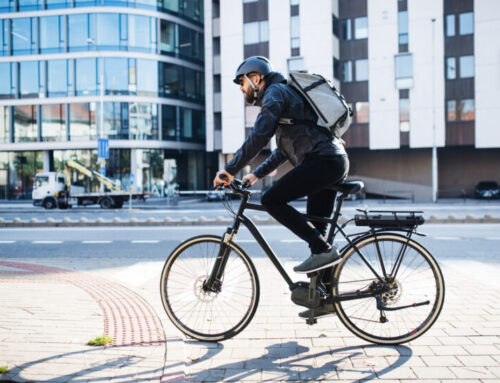
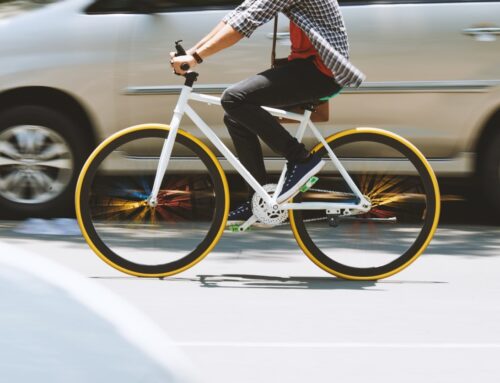
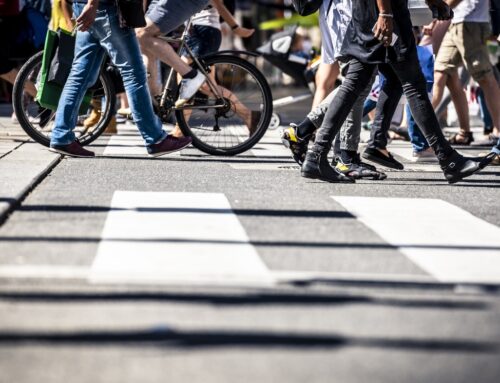
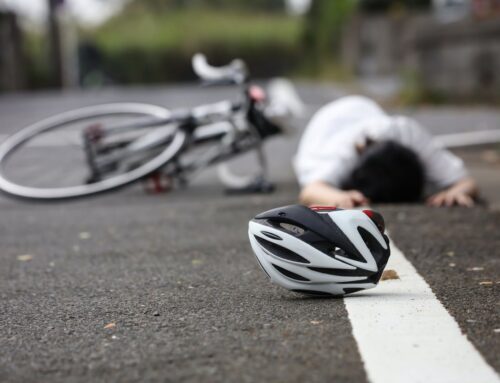
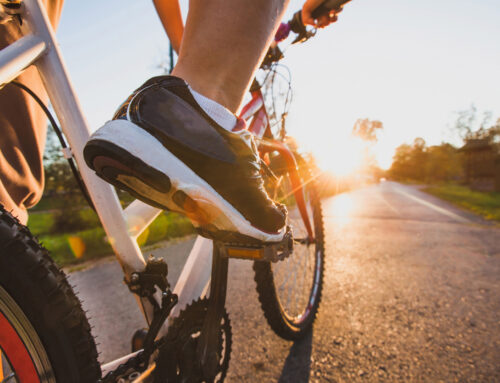
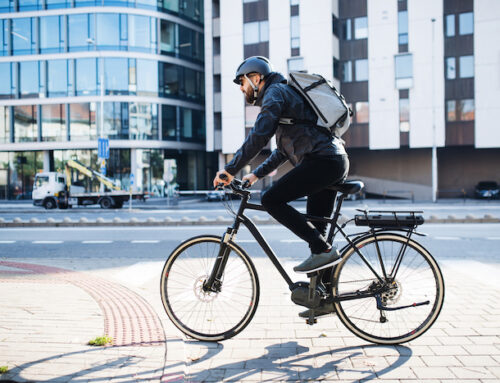
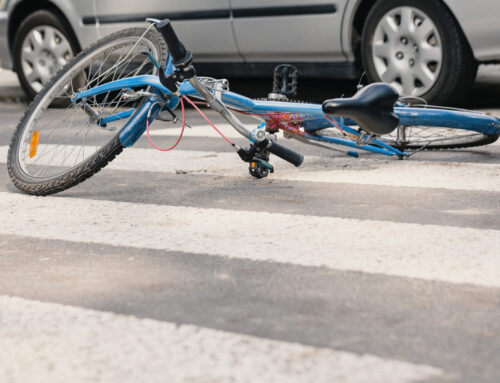
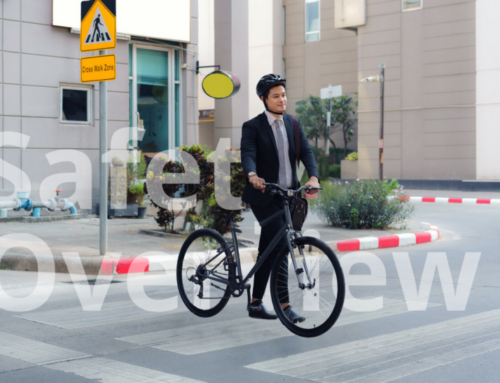
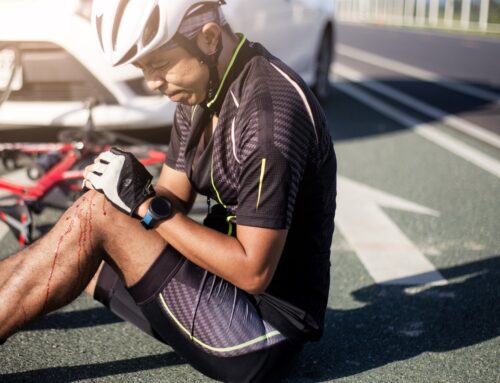

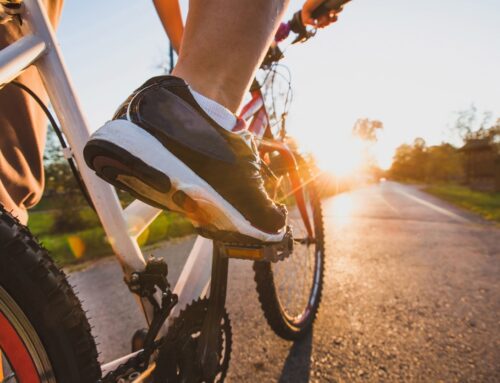
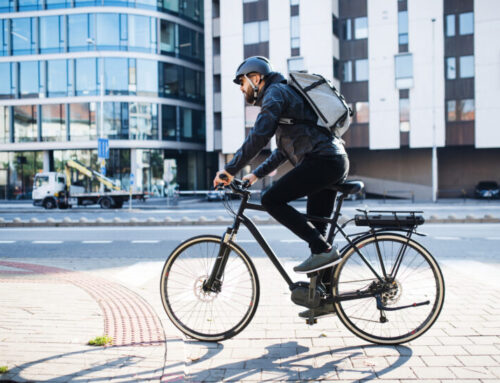
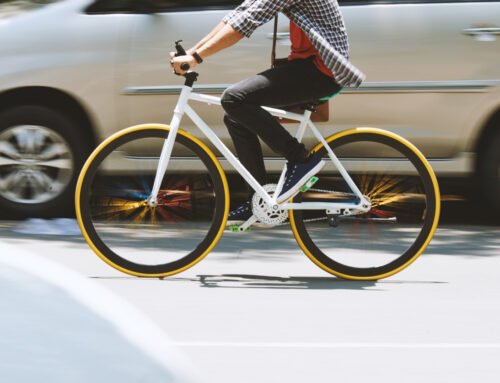
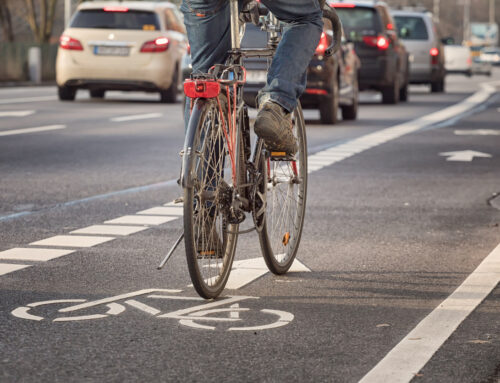
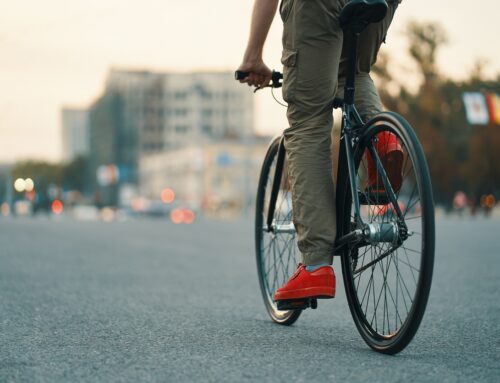
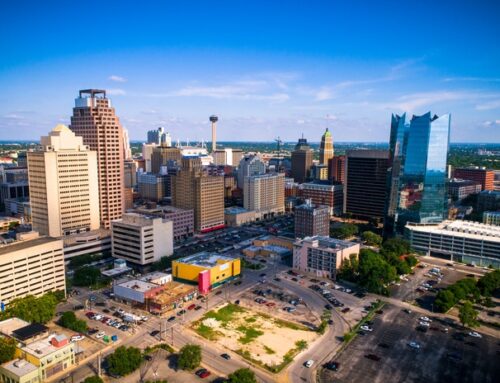
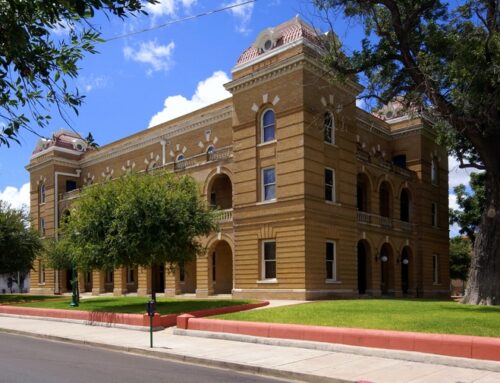
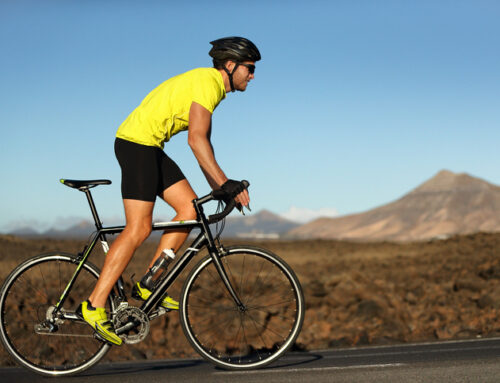
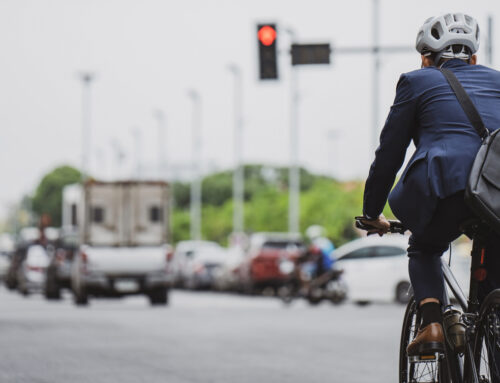
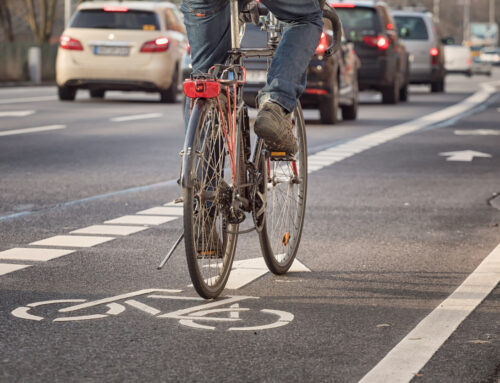
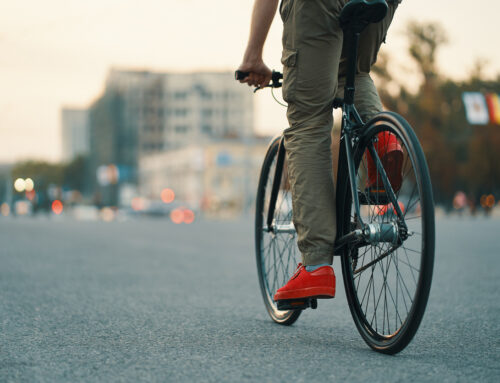
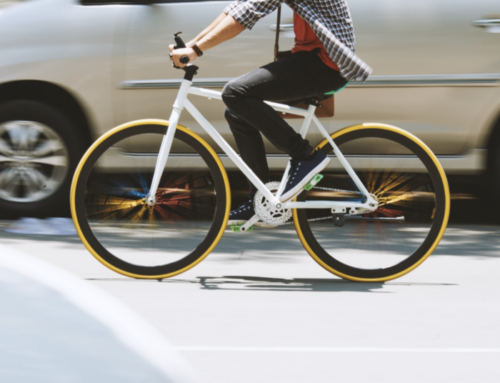
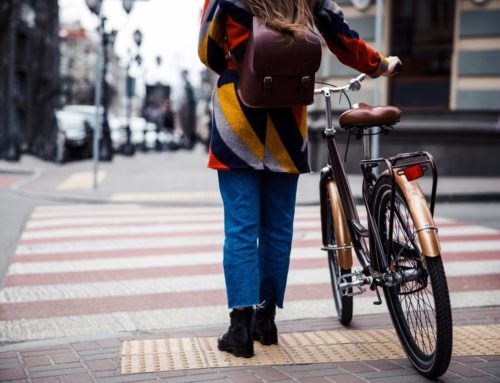
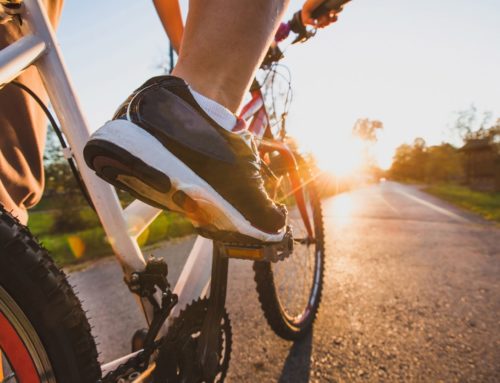
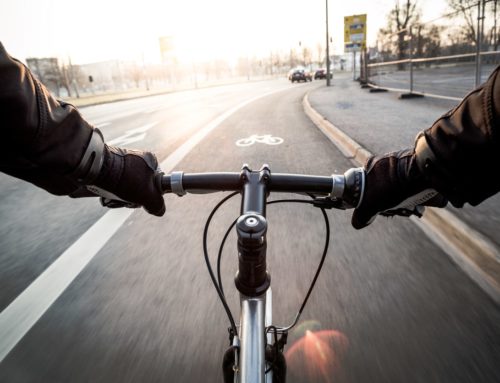
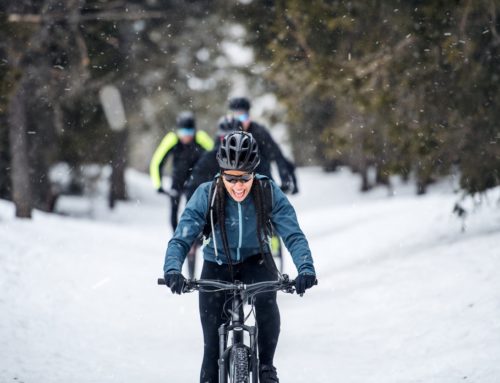
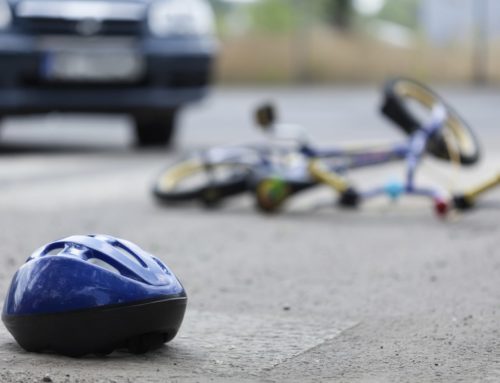
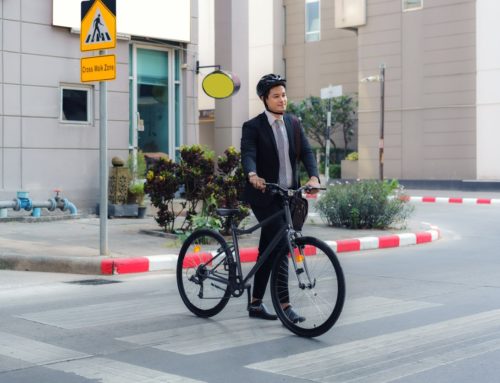
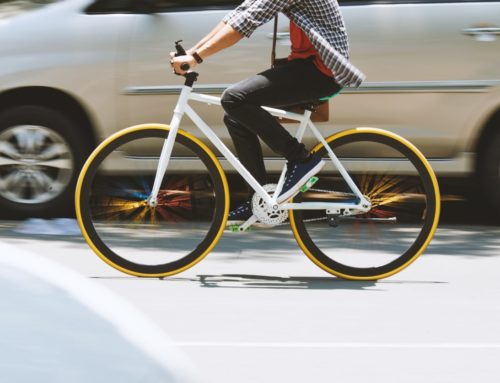
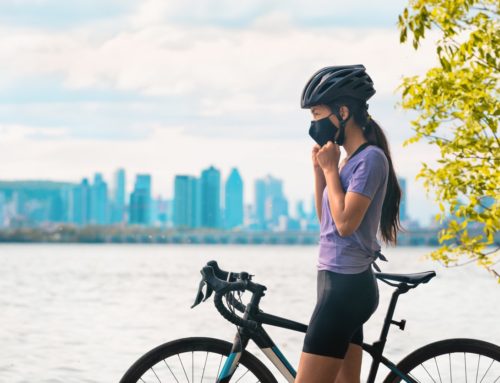
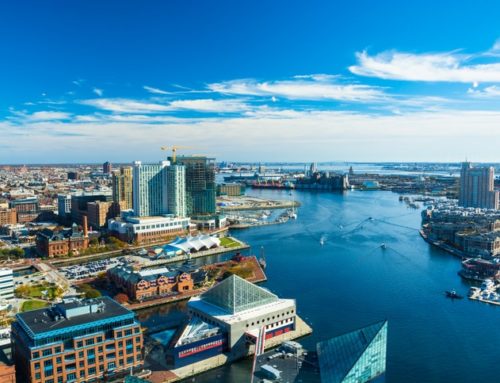
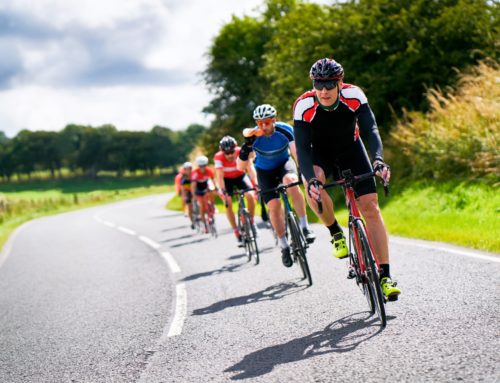
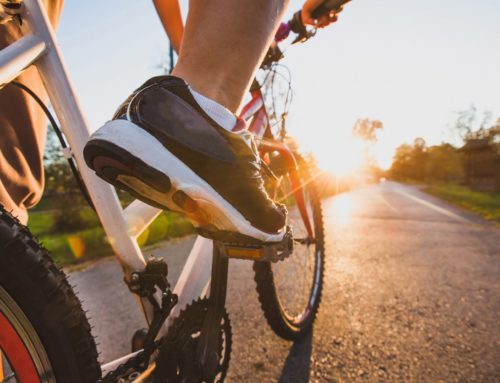
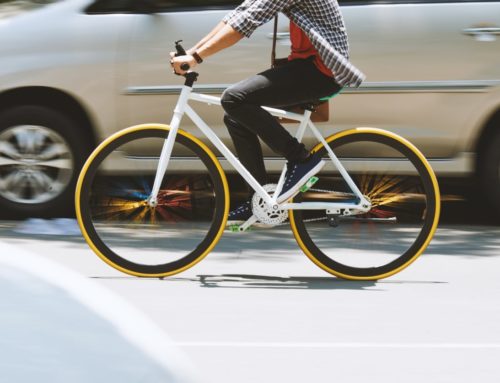
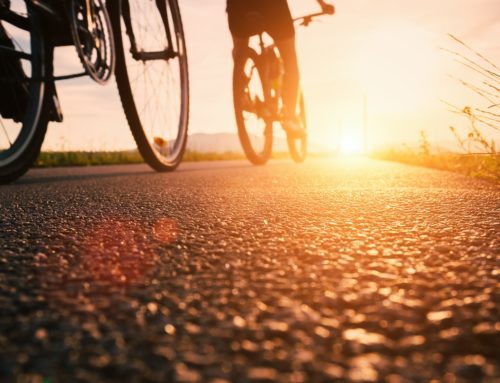
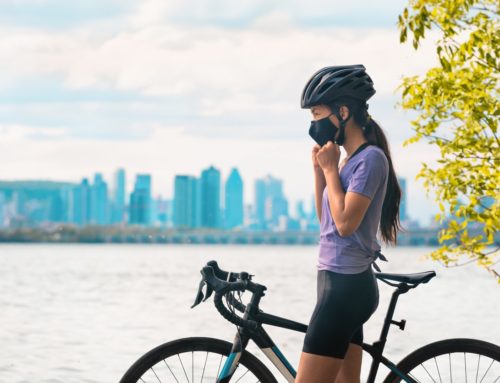
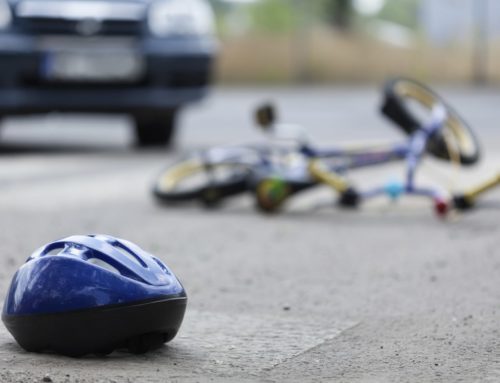
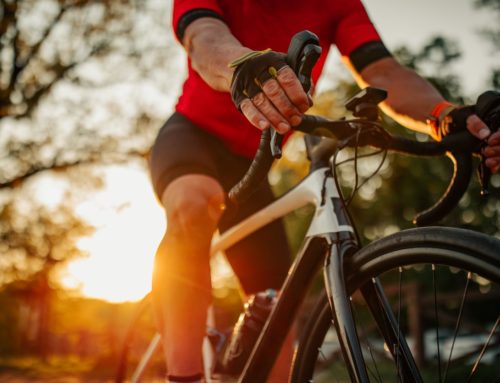
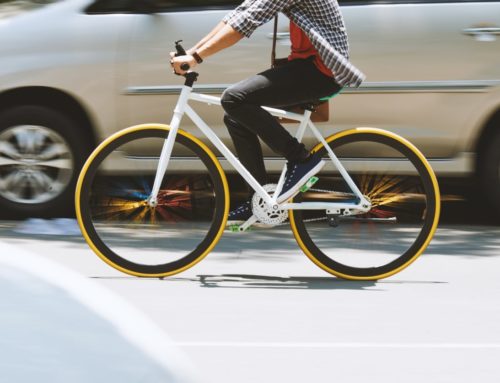
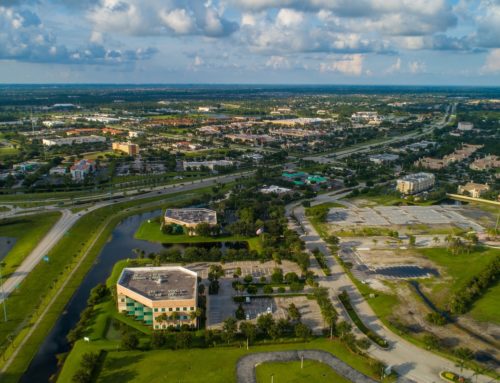
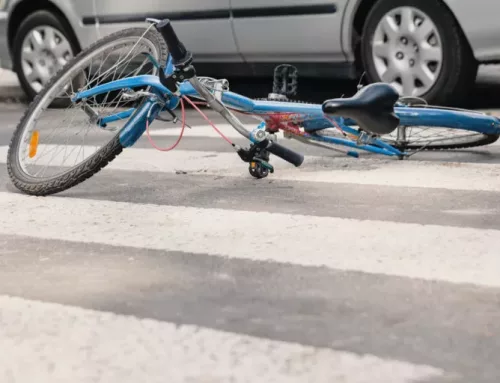
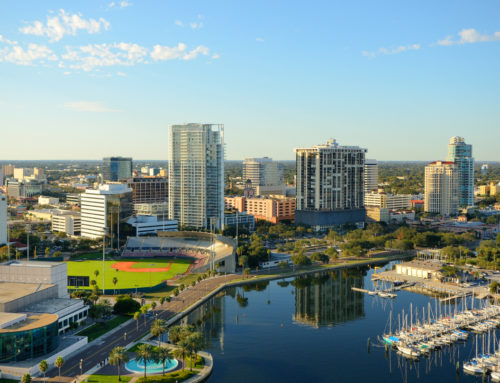
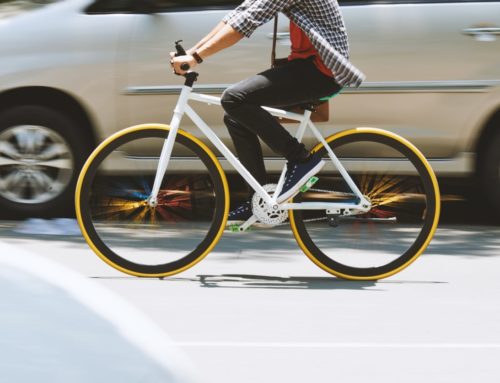
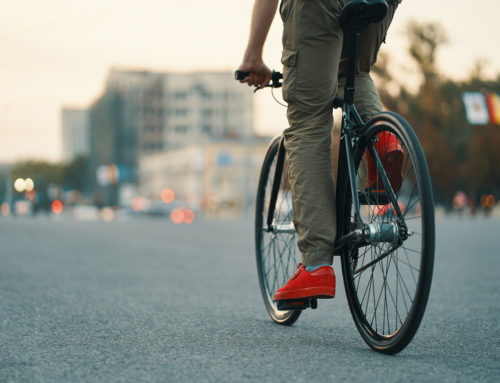
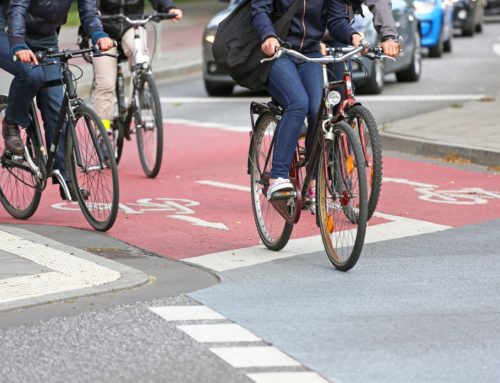
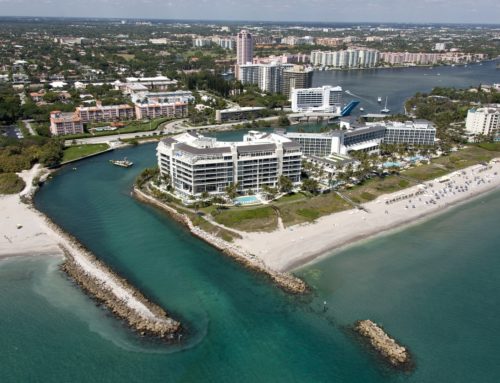
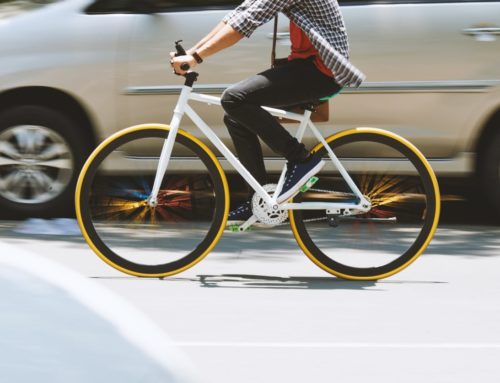
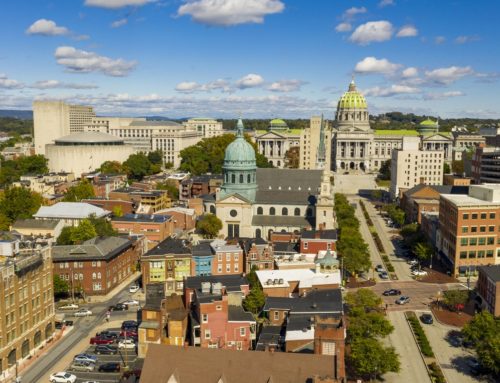
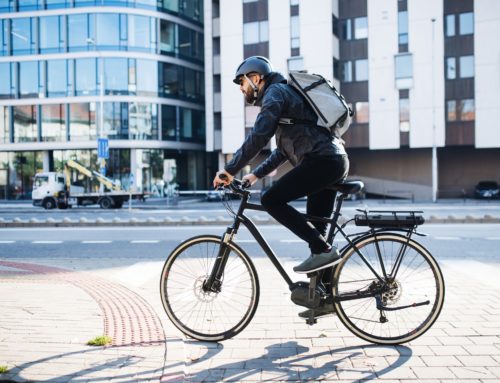
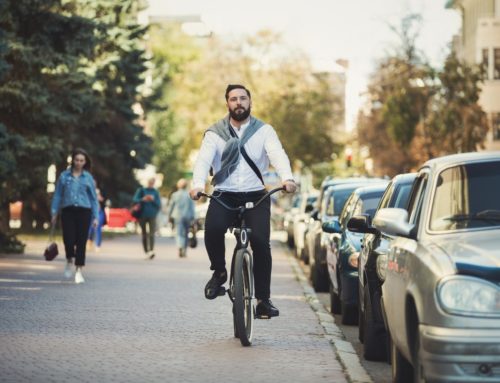
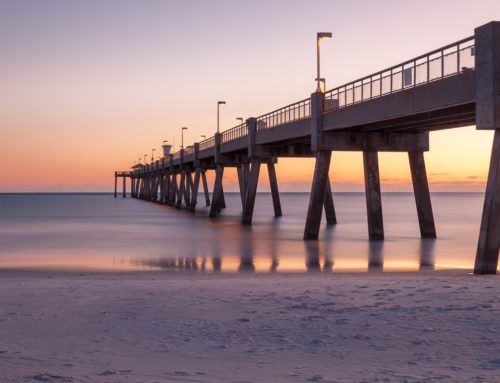
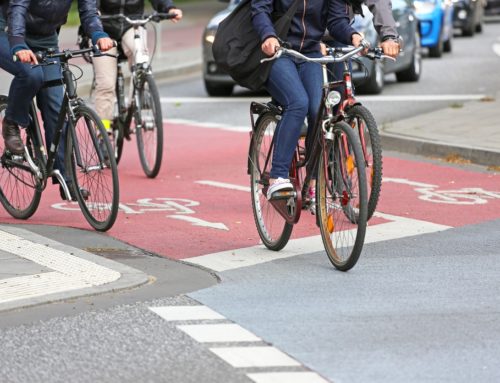
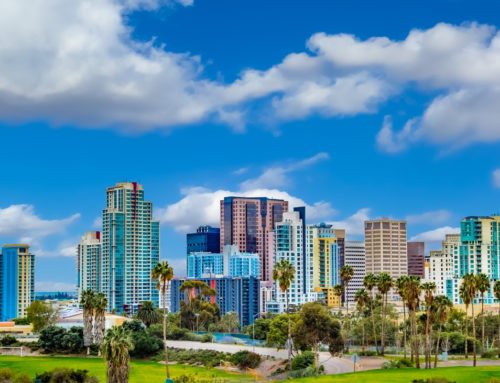
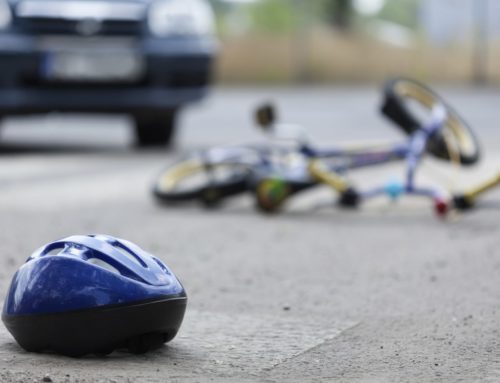
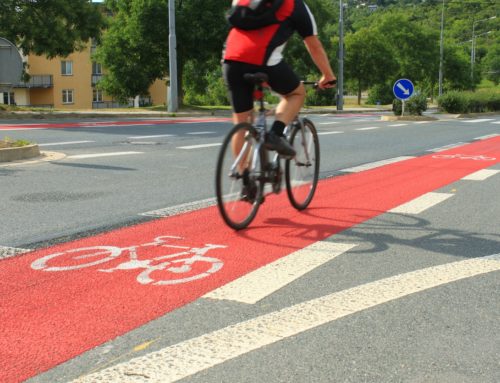
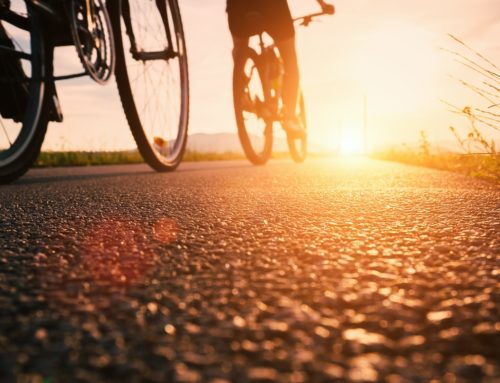
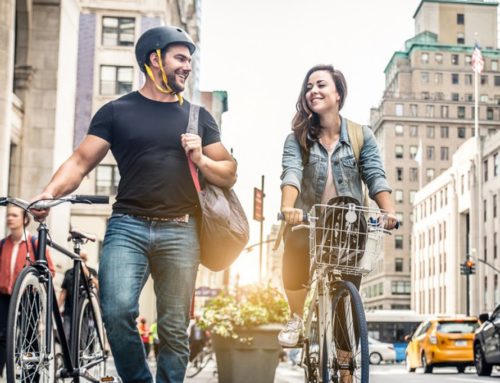
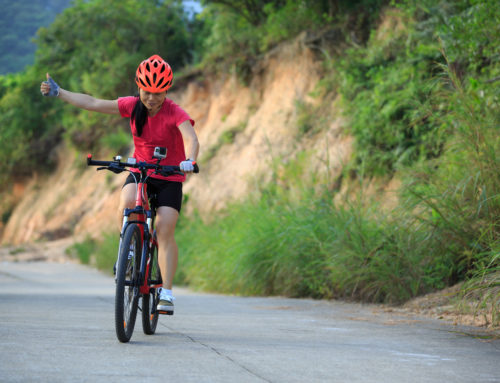
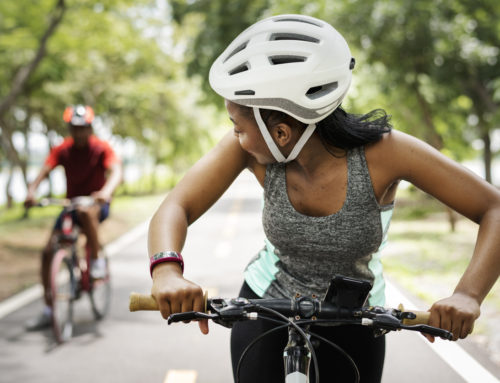
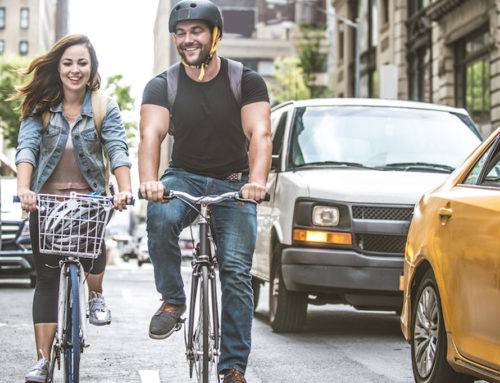
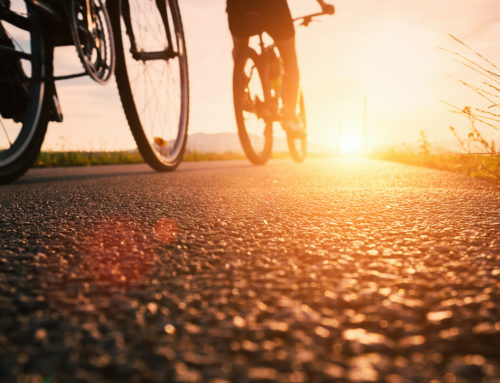
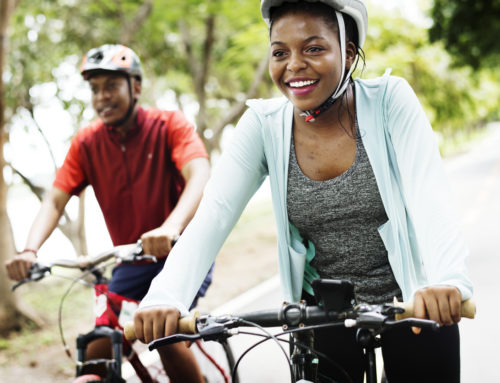
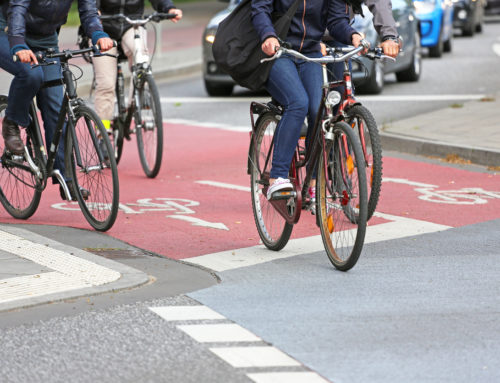
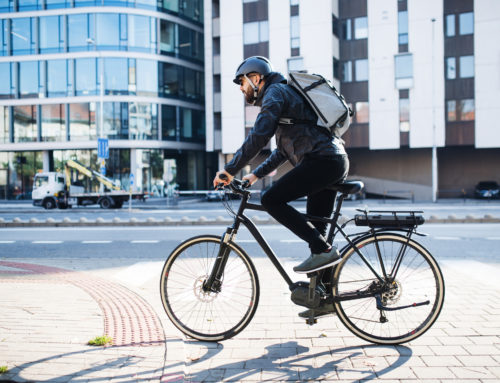
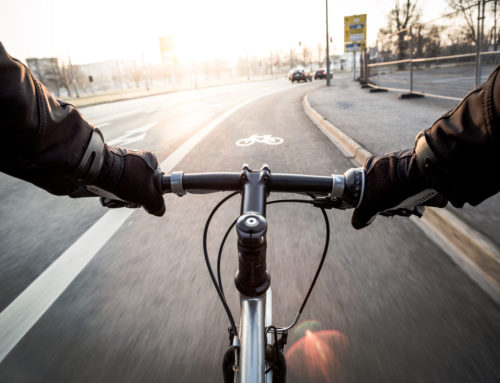
I was suggested this blog through my cousin. I am not positive whether this post is written through him as nobody else know such certain about
my problem. You are incredible! Thank you!